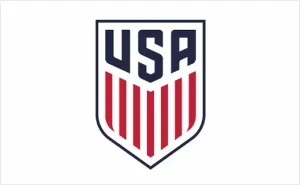Driving in Latin America
By Dave Skinner
For most of my trips in Latin America, I like to take the local public transportation. This has had many forms, including buses of all sizes and types, vans and other “colectivos”, taxis, the back of pickup trucks, the back of motorcycles, modified “tuk tuks”, canoes, ferry boats, horses, mules – any way to get to the remote places I want to go. I seldom rent a car because I don’t want the responsibility and I have seen how the people drive down there.
 Well, for this last trip to Costa Rica, I decided I needed the flexibility of renting a small 4-by-4. In this article, I will pass along to the readers what I have learned about driving in Latin America.
Well, for this last trip to Costa Rica, I decided I needed the flexibility of renting a small 4-by-4. In this article, I will pass along to the readers what I have learned about driving in Latin America.
- Use a GPS. The rental car agencies will include one for a rather exorbitant price, or you can buy a micro SD card to insert into your own GPS if you already have one. I bought one of these cards for $65 on Amazon.com to use my Garmin GPS in Costa Rica. I found that it was absolutely essential to guide me through the myriad of one-way streets in San José and Cartago, and to guide me from one major town to another. But, the GPS was virtually useless to get to very remote places on rocky roads that require 4-wheel drive.
- Don’t be shy. If stuck in traffic and needing to change lanes, you just have to go for it! Stick your car’s nose right in front of someone else and ease forward. He expects it and will let you in. But don’t just sit there in your own lane with your turn signal blinking and hope for someone to allow you access.
- Be prepared for anything. This is not a place to doze at the wheel. People don’t give a second thought about stopping right in the middle of the road blocking your only lane of travel. So, when you see someone stopped in your lane up ahead (like a bus stopped to pick up passengers), you just have to keep going and zip around them, as long as there is no oncoming traffic. And, one more thing: the double “no passing” lines in the middle of the road do not really mean anything. If you think that you can see far enough around a blind curve, you better go for it or you will be sitting there a long time.
- Rivers are nature’s car wash. Many of the main roads have just one-lane bridges, and whoever gets there first has the right of way. On most smaller roads, you just drive across the river. Normally, there is a wide part of the river where the water runs shallow and slow, but be alert, be sure that you have a car with a high clearance, and go for it!
